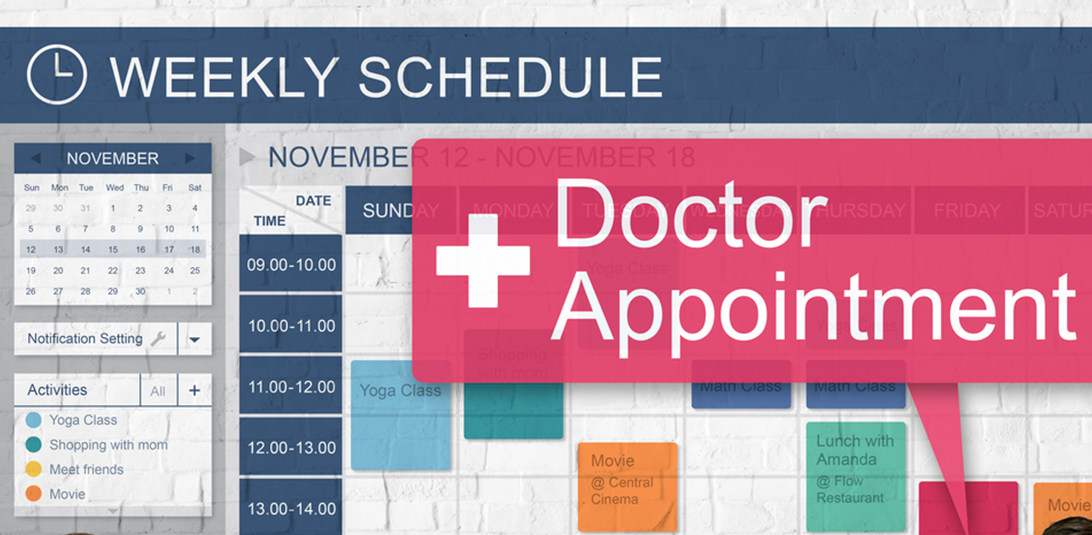- Home
- Blog Posts
-
How To Speed Up The Prior Authorization Process
How To Speed Up The Prior Authorization Process

In today’s rapidly evolving healthcare sector, revenue cycle management stands as a crucial aspect for providers, ensuring financial stability and seamless operations. A significant facet within this domain is the prior authorization process. While it guarantees that the patient receives the appropriate care covered by their insurance, it often poses delays. Thus, understanding how to speed up prior authorization is essential for efficiency and better patient outcomes. This article dives deep into various strategies to expedite the process.
The Essence of Prior Authorization
Prior eligibility verification and pre-authorization, in its core essence, serves as a quality check in the healthcare system. It’s a preapproval mechanism set by insurance companies to ensure that the treatments or medications prescribed by healthcare providers are necessary and fall within the patient’s insurance coverage. This not only ensures that patients receive treatments that are clinically appropriate for their conditions but also controls healthcare costs by preventing unnecessary procedures or drug prescriptions.
However, there’s a flip side to this. While prior authorization is meant to serve as a protective measure, it often becomes a cumbersome administrative process. Healthcare providers and their administrative teams sometimes find themselves navigating through a labyrinth of paperwork, phone calls, and bureaucracy. The procedure, if not efficiently managed, can lead to substantial delays in patient care. This waiting period can be stressful for both providers and patients, especially when timely care is of the essence. Given these challenges, the quest for how to speed up prior authorization has gained momentum, making it an area of keen interest for all stakeholders in the healthcare continuum.
Embracing Technological Solutions
In our age of digital transformation, technology plays a pivotal role in redefining traditional processes, and prior authorization is no exception. One of the most promising solutions is the integration of Electronic Health Records (EHR) systems with automated prior authorization platforms. Such integrations allow healthcare providers to submit authorization requests electronically, dramatically reducing the time previously spent on manual entries and phone calls.
Additionally, these tech solutions come equipped with realtime tracking, enabling providers to monitor the status of their submissions, ensuring they’re not lost in the shuffle. But perhaps the most transformative aspect of these platforms is their ability to use artificial intelligence (AI) and machine learning.
These technologies can analyze vast amounts of data swiftly, predicting potential issues in a submission and offering corrective measures even before a request is sent out. This proactive approach reduces the chances of denial due to errors, thereby ensuring a faster and smoother authorization process. Embracing such technological solutions is not just a step forward; it’s a leap towards operational excellence in the realm of prior authorization.
Training and Continuous Education
While technology offers solutions, the human element in the process can’t be overlooked. Regular training sessions for staff involved in the prior authorization process can significantly improve efficiency. By keeping updated with changing regulations, codes, and guidelines, healthcare professionals can preempt potential issues. Continuous education ensures that your team is always equipped with the latest knowledge, reducing the chances of errors and subsequent delays.
Collaborative Efforts with Payers
A two way communication channel between healthcare providers and insurance companies can make a world of difference. Regular meetings, feedback sessions, and collaboration can lead to a mutual understanding of challenges and bottlenecks. Such a relationship fosters a sense of partnership, where both parties work towards optimizing the prior authorization process, reducing unnecessary back and forths and accelerating approvals.
Streamlining Internal Processes
A thorough review and overhaul of the internal workflows related to prior authorization can uncover potential areas of improvement. By identifying and eliminating redundant steps, automating repetitive tasks, and ensuring a seamless flow of information within the organization, providers can significantly reduce the time taken for prior authorizations. A streamlined process not only speeds up approvals but also reduces the workload on staff, allowing them to focus on more pressing matters.
Setting Up Dedicated Teams
Dedicating a team solely for handling prior authorizations can be a gamechanger. Such a team, specialized and trained in the nuances of the process, can ensure quicker turnarounds. They can maintain relationships with insurance representatives, stay updated on guidelines, and swiftly handle any issues that might arise, ensuring that the prior authorization process is as smooth and rapid as possible.
Prior authorization, while vital, need not be a stumbling block in a patient’s healthcare journey. By understanding how to speed up prior authorization, healthcare providers can ensure timely care without compromising on the checks and balances necessary for effective treatment. Through a combination of technology, training, collaboration, and streamlined processes, the path to faster prior authorizations is clear and achievable.



